On August 13, continuing the 48th Session, under the direction of Vice Chairwoman of the National Assembly Nguyen Thi Thanh, the National Assembly Standing Committee gave opinions on the draft Law on Vocational Education (amended).
Added 6 new content
Authorized by the Government to report a summary of the contents of the draft Law on Vocational Education (amended), Minister of Education and Training Nguyen Kim Son said:
The draft revised Law on Vocational Education includes 9 chapters and 45 articles (34 articles less than the 2014 Law on Vocational Education) and is built in the spirit of innovation in institution building, in sync with relevant laws on education.
The Draft Law adds 6 new contents compared to the 2014 Law (stipulated in 12/45 articles, accounting for about 27%), specifically:
Firstly, supplementing the vocational secondary education program (equivalent to high school level) for students graduating from junior high school, with a study period of 3 years. This aims to complete the general education level, while equipping learners with the ability to perform and solve tasks in stable conditions and familiar environments of specific industries and occupations.
This is an important solution to institutionalize the Party and State's policy on promoting career guidance, post-secondary education, and the policy of both general education and vocational training at vocational training institutions; at the same time, overcoming the current shortcomings in 9+ intermediate training.
At the same time, equip students with the necessary general knowledge to be able to receive new science and technology in their professional fields, and at the same time be able to study at a higher level in suitable industries, professions and fields, meeting the requirements of lifelong learning; standardize the Vietnamese education system according to the international education standard classification.
Second, expand the number of establishments participating in vocational education activities in the direction of allowing universities, businesses, and other educational establishments to provide vocational education training.
The Government shall specify the conditions for admission and training in vocational education diploma programs, ensuring both flexibility to maximize resources and the mission of all types of educational institutions.
Third, supplement regulations on the Scientific and Training Council in vocational education institutions. This helps promote the role of consulting and criticizing the school's professional development orientation.
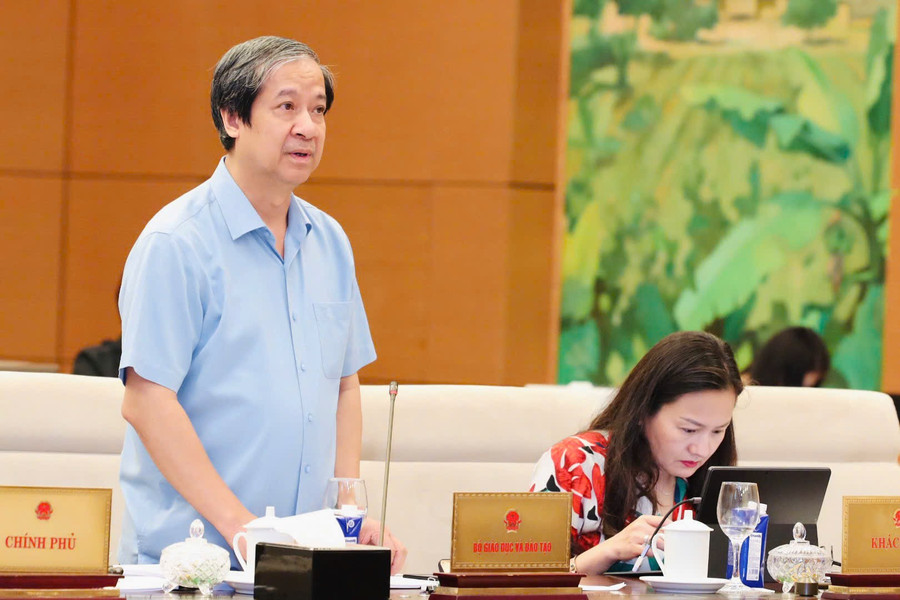
Fourth, supplement regulations on recognition and conversion of learners' accumulated learning outcomes from a training program or accumulated vocational competencies through vocational skills certificates or other suitable forms to facilitate transferable learning and lifelong learning.
Fifth, supplement regulations on standards in vocational education, including: standards for teachers' training qualifications, standards for vocational education institutions, and standards for training programs. This aims to standardize and unify methods of organization and training activities, support the assessment, classification, and investment in the development of vocational education institutions.
Sixth, supplementing regulations on the role and responsibility of enterprises, according to which enterprises play a particularly important role in vocational education. Enterprises accompany the State and vocational education establishments in training human resources with vocational skills; enterprises directly implement or participate in vocational education activities according to the provisions of law. Enterprises are practice and internship establishments that help learners, lecturers and teachers access technology, practical production processes and improve vocational skills.
Enterprises are responsible for arranging experts and technical staff to participate in vocational training, accepting lecturers, teachers and learners for practical training, organizing vocational training for employees or contributing funds for vocational training according to Government regulations.
The Minister also said that the draft Law simultaneously amends and completes the provisions of the 2014 Law on Vocational Education (in 33/45 articles, accounting for about 75%) on:
Vocational education programs, levels and organization of vocational education activities; subjects of admission to intermediate-level training programs are high school or vocational secondary school graduates; organizational structure of vocational education institutions; autonomy and accountability of vocational education institutions; lecturers, teachers, and vocational trainers; state financial policies for vocational education; finance and assets of vocational education institutions; vocational education accreditation.
The above amendments and improvements aim to meet the requirements of innovating state management methods on vocational education, improving the management capacity and autonomy of vocational education institutions; improving the quality of vocational education training through ensuring the substance of training conditions and building a system of internal quality assurance, external inspection and assessment.
The Draft Law omits provisions in the 2014 Law in 3 groups (regulations in 34/79 articles, accounting for 43%):
Firstly, the provisions already in other legal documents aim to ensure the consistency and unity of the legal system, such as: provisions on vocational training, internship at enterprises, training, improving vocational skills, general policies for teachers and learners, regulations on tuition scholarships, international cooperation... This ensures compliance with the principles of drafting legal documents.
Second, regulations that are not under the authority of the National Assembly, including specific regulations on conditions for establishment, merger, dissolution, separation, association, and inspection. This both ensures the provisions of the National Assembly in the requirements for law making and ensures the requirements for strengthening and promoting decentralization.
Third, remove regulations that cause problems in implementation, create bottlenecks and bottlenecks, including: regulations on additional registration of vocational education activities; regulations on the Principal of a new college or intermediate school being granted an intermediate degree; regulations on the School Council in public vocational education institutions; regulations on mandatory time for each training level; regulations on pedagogical certificates or vocational skills certificates of teachers to replace them with requirements for having the capacity to meet the requirements of the teaching position...
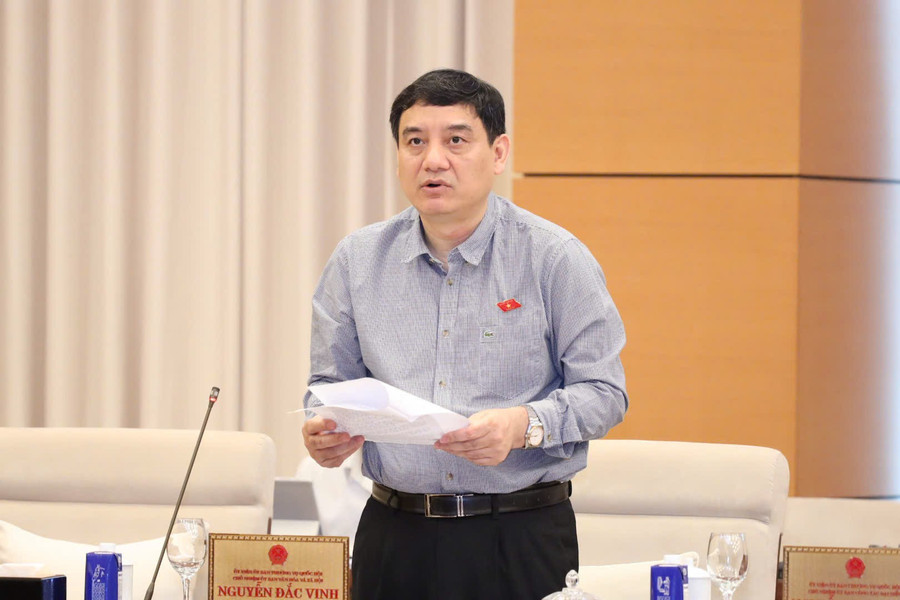
The draft Law is elaborately constructed, demonstrating the spirit of innovation.
In the preliminary review report of the draft Law on Vocational Education (amended), Mr. Nguyen Dac Vinh, Chairman of the National Assembly's Committee on Culture and Society, said:
The Standing Committee agreed with the need to amend the Law on Vocational Education for the reasons stated in the Government's Submission.
The amendment of the Law aims to meet the requirements of innovation and development of vocational education in the context of international integration, digital transformation and the need to develop high-quality human resources; overcome limitations and meet the needs of the labor market; concretize policies to support learners and teachers, strengthen cooperation with businesses, and contribute to building a flexible, effective and sustainable vocational education system.
The draft Law is elaborately constructed, demonstrating the spirit of innovation, inheritance and development based on the practical vocational education in recent times, clearly demonstrating the responsibility of state management agencies in perfecting the legal framework to develop the vocational education system in an open, modern and internationally integrated direction.
Regarding the State's policy on vocational education development, the Standing Committee of the Committee basically agrees. However, it is recommended that the design of regulations on the State's policy on vocational education development must be tight, logical, and clear; only principles and viewpoints must be stated; specific policies must be integrated into each content of the Law. Adding policies requires resources for implementation, so it is necessary to assess the impact as a basis for competent authorities to consider and decide.
Regarding the training program and level, the Standing Committee of the Committee found that it is necessary to supplement the vocational secondary school program to expand the flexibility of the training programs of the vocational education system; to meet the needs of learners who want to complete their general education combined with vocational training; to contribute to the implementation of the policy of streaming and connection.
Regarding this content, the Standing Committee also raised a number of issues that need to be clarified, because the vocational secondary school program is a new policy that has not been piloted, evaluated, or summarized before being introduced into the vocational education system.
Regarding diplomas and certificates, the Standing Committee of the Committee is concerned about the regulation that vocational secondary school diplomas are determined to be equivalent to high school diplomas in terms of educational level; it is requested to clarify the basis for determining the equivalence between vocational secondary school diplomas and high school diplomas...

Supplementing mechanisms and policies to support vocational schools, lecturers and learners
Speaking at the meeting, National Assembly Chairman Tran Thanh Man said that the drafting agency needs to study, clarify and specify regulations on vocational secondary and college programs, contributing to overcoming the current situation of "more teachers than workers".
In particular, the draft Law needs to clearly stipulate that general education is the core, vocational skills education for students after secondary school is a step in developing skills, contributing to early student streaming. It is necessary to pay attention to determining the structure of vocational training programs; solving the issue of diploma equivalence, clearly defining the value of vocational training diplomas; paying attention to professional training and foreign language training in training people to work abroad.
Paying attention to promoting the public-private partnership model in vocational training, National Assembly Chairman Tran Thanh Man noted that there needs to be close cooperation between the Government, businesses, and domestic associations to diversify our country's vocational education, ensure that after training, there will be immediate employment addresses, and focus on areas that domestic and foreign-invested enterprises need.
The National Assembly Chairman suggested that, in completing the draft Law, mechanisms and policies should be added to support infrastructure and facilities for vocational schools; support for teachers and apprentices; and preferential mechanisms for vocational schools opened by enterprises. The Ministry of Education and Training should pay attention to strengthening the management of training quality and the granting of degrees; and promoting international relations in vocational education.
Explaining at the meeting, Minister Nguyen Kim Son affirmed that the Law on Education, the Law on Higher Education and the Law on Vocational Education were amended and supplemented at the same time to implement them synchronously, systematically, and create connectivity between the laws. Thereby, together with the Law on Teachers passed by the National Assembly in the 9th Session, it creates the most complete and synchronous legal framework.
The Minister affirmed that the keyword “quality” has always been emphasized in the process of building the 3 draft laws. The highest goal when amending and supplementing the laws on education is to improve the quality of training, thereby improving the quality of human resources, the quality of people, and developing talents in our country.
In both laws (Higher Education and Vocational Education), according to the Minister, an emphasized factor is to strengthen decentralization, delegation of power, and harmoniously resolve the issue between increasing autonomy and increasing the effectiveness and efficiency of State management. The Ministry of Education and Training determined to resolutely let go of what needs to be let go and firmly grasp what needs to be grasped. For example, grasp the issue of human resources, the right to replace people, the right to close and stop the operation of training facilities; try to "grasp" and "let go" without mistake.
Along with that, emphasize the management and supervision of the entire process to ensure quality for 3 areas: pedagogical training, health training, and legal sector; strengthen control of doctoral training. At the same time, increase relations with businesses, connecting 3 parties (state, school, business).
The Minister also said that the draft Law on Higher Education (amended) and the draft Law on Vocational Education (amended) both focus on including regulations to pave the way for new educational models, enhance digital transformation, and use artificial intelligence (AI)...
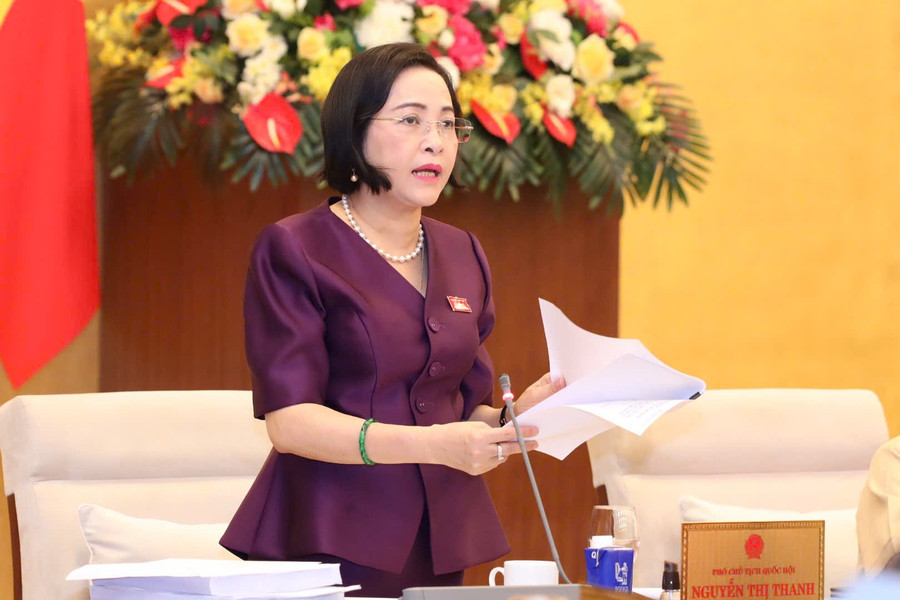
Concluding this content, Vice Chairwoman of the National Assembly Nguyen Thi Thanh suggested studying and perfecting regulations on diploma programs and vocational high school models corresponding to the national qualification framework in the national education system; science and technology training activities; assessment and evaluation of vocational education quality; finance and assets; participation of enterprises and vocational education activities.
At the same time, agencies need to continue to research and review to institutionalize the Party's policy on policy breakthroughs for science and technology education and training; institutionalize the policy of not continuing to organize school councils in public vocational education institutions...
Source: https://giaoducthoidai.vn/tinh-than-doi-moi-trong-du-thao-luat-giao-duc-nghe-nghiep-sua-doi-post743944.html



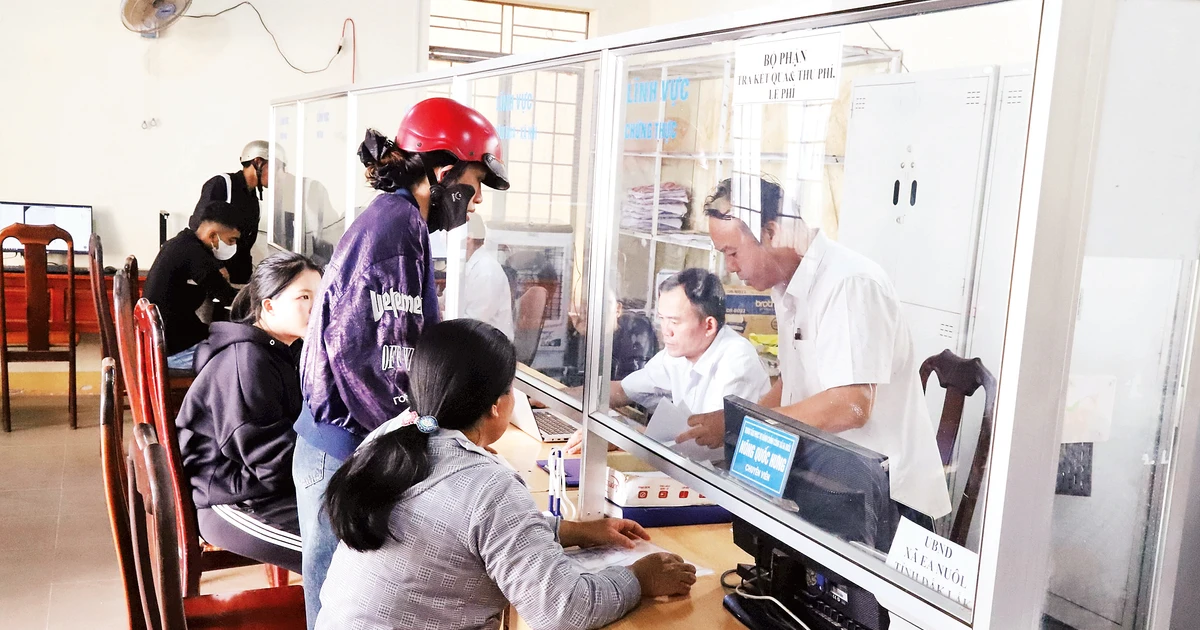


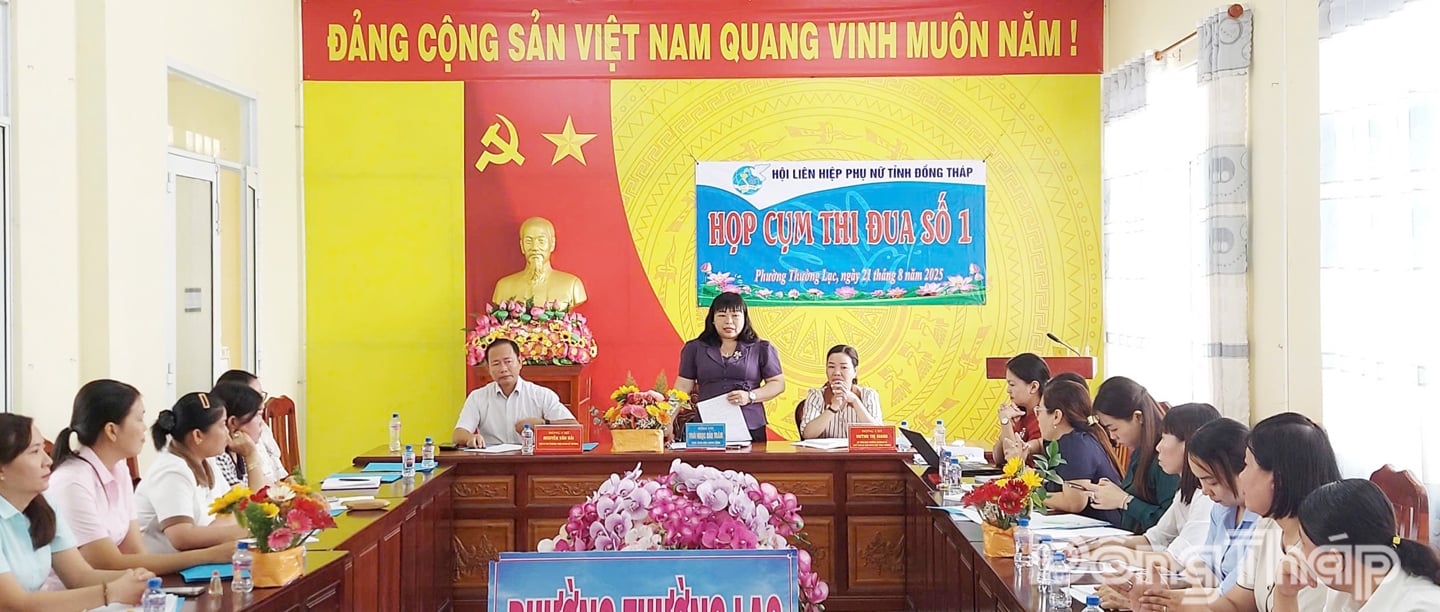
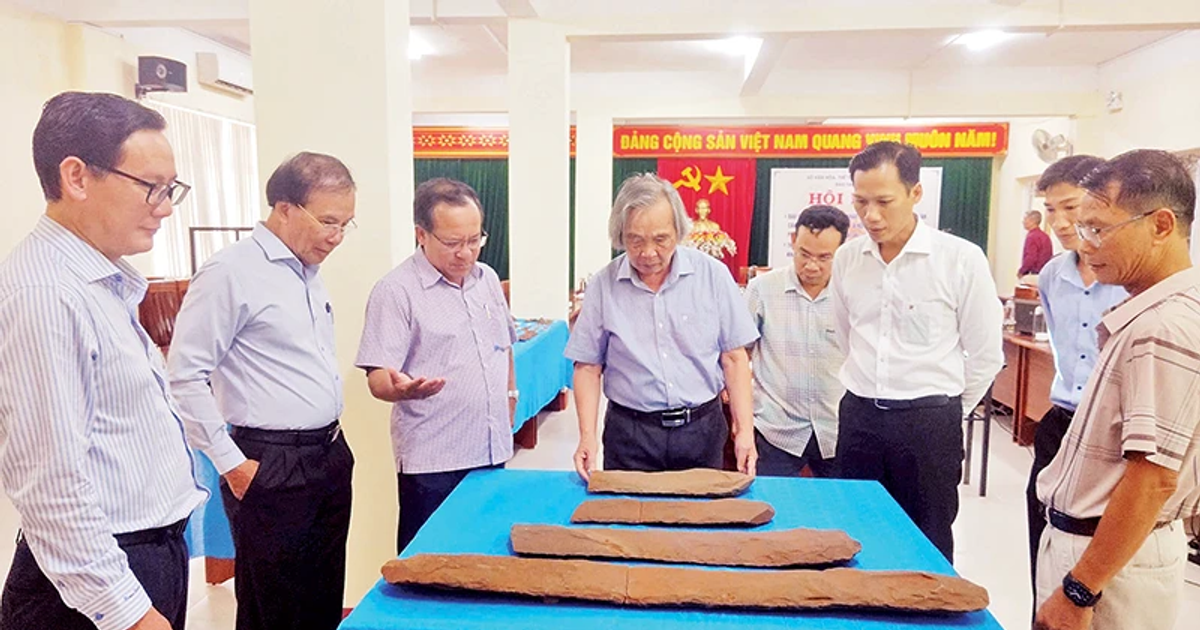




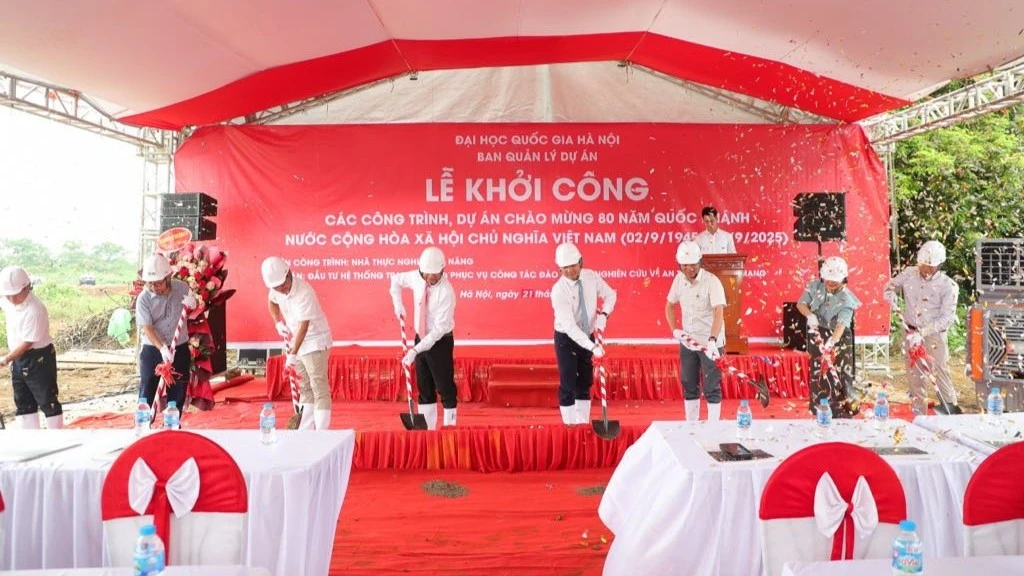














![[Photo] An Phu intersection project connecting Ho Chi Minh City-Long Thanh-Dau Giay expressway behind schedule](https://vstatic.vietnam.vn/vietnam/resource/IMAGE/2025/8/21/1ad80e9dd8944150bb72e6c49ecc7e08)

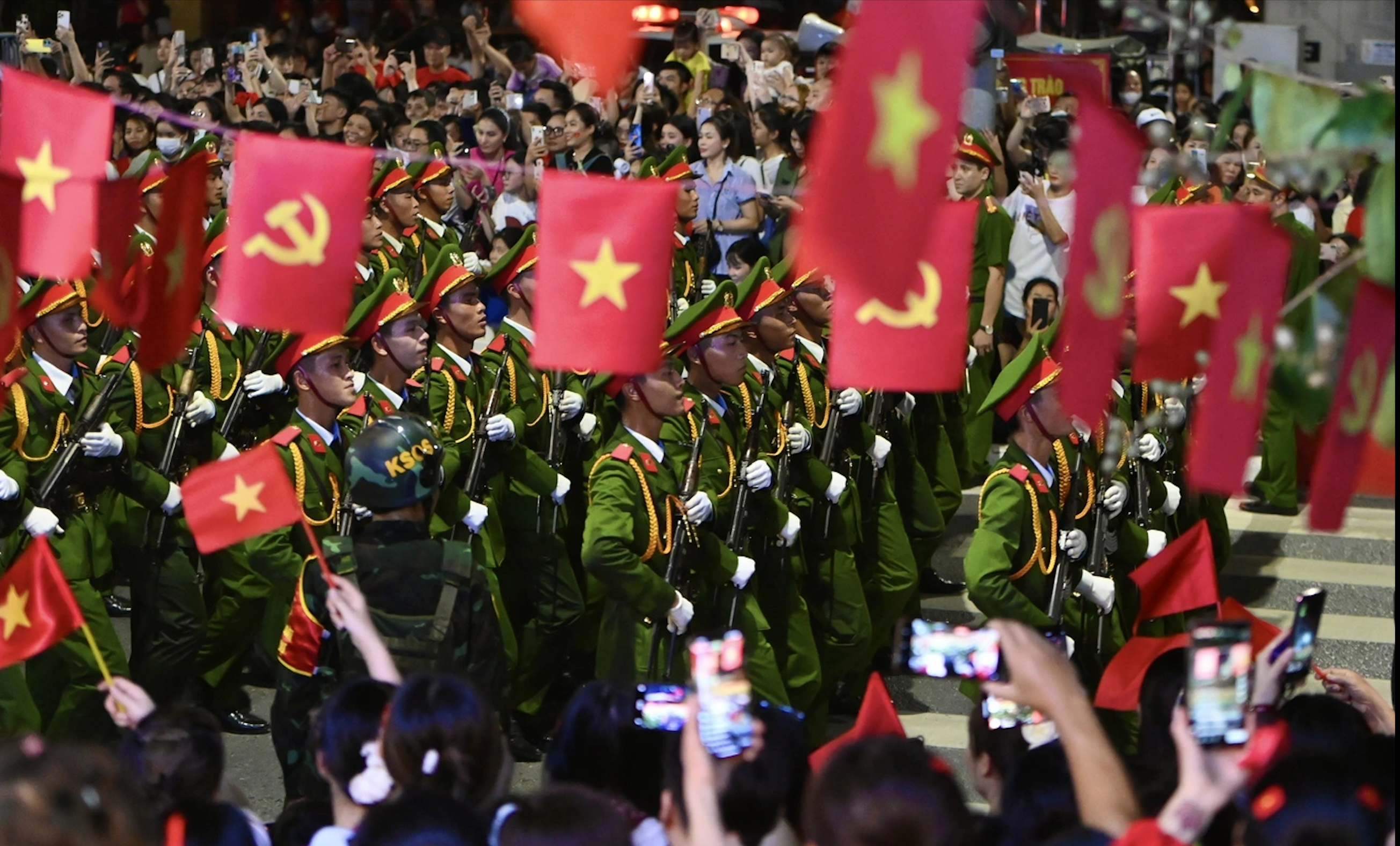


































![[Photo] Politburo works with the Standing Committee of Hanoi Party Committee and Ho Chi Minh City Party Committee](https://vstatic.vietnam.vn/vietnam/resource/IMAGE/2025/8/21/4f3460337a6045e7847d50d38704355d)
































Comment (0)